Why Marvel Lost Its Touch
October 3, 2022
The Marvel Cinematic Universe (MCU) is filled with several unique characters, from men and women with the power to manipulate time and space, gods and goddesses being responsible for said time and space, or even men or women with supernatural abilities of a spider, that very uniqueness drawing readers and movie goers who witness characters that despite having these abilities, share a core aspect that can be found in all people and that is being human and having human related struggles.
These struggles can be found in characters like Spider-Man who lives a double life with his superhero alter ego and his normal life as Peter Parker, a brilliant scientist and student at either his college or his high school, depending on the comic or movie being watched regarding him and the character of Spider-Man has been adored by fans and others alike for so long because he is relatable and because he faces everyday struggles and finds ways to overcome them, inspiring the reader who may find their strength in this character and solve their own problems. Stan Lee, according to Marvel.com, said this about Spider-Man, “He’s the one who’s most like me – nothing ever turns out 100 percent OK; he’s got a lot of problems, and he does things wrong, and I can relate to that,” meaning a characters struggles are what make them unique.
This very idea was found all over the MCU from phases 1-3, (phases are a set of movies and shows marvel releases that serve to formulate characters and stories, all of which connect to the main storyline of Marvel when all these projects are put together), where overconfident and self absorbed characters like Tony Stark (Iron Man) who would grow to become a man of honor in the first film after experiencing a life changing experience where the weapons he created were used to harm others in the middle east. Now in phase four and the movies and shows Marvel recently released, one can note that the characters no longer grow and transform from their overzealous selves and remain completely flat in direction, but how exactly do these movies and shows sell with such a bizarre way of direction?
The answer is that these forms of media are directed towards children, or as one might consider the easiest audience to attract, since they cannot discern garbage from flashing lights and colorful scenery and one of the most recent examples of this is Thor Love and Thunder and according to Collider, “Disney’s Thor: Love and Thunder might not be as universally crowd-pleasing as some of the best Marvel Cinematic Universe titles, but despite that, the film has managed to pass the $700 million mark at the global box office.”
This description also fits Dr. Strange and the Multiverse of Madness, a movie about a surgeon turned proclaimed magician of the mystic arts. Dr. Strange has a dream retelling to him events that he’s never seen before, events that take place in an alternate universe and he alongside a teen named America Chavez who was also in this alternate universe dream, fight to defend against threats from other worlds and universes, but as good as this plot is on paper, the movie itself was horrible in terms of writing, with bad pacing and/or story progression that makes it seem as though the film doesn’t lead anywhere, making the ending of the movie feeling as though it starts back at square one. The beautiful CGI and computer effects are really the only reason to praise any part of this movie because this film doesn’t feel like a sequel to the first Dr. strange movie, neither does it feel like it’s a movie about his sidekick America Chavez, instead it’s about Scarlet Witch, the villain of the movie.
Another project that was most disappointing out of the lineup of phase four is She-Hulk, a “confident”, entitled woman who complains eccentrically about men and why their a growing disease in the world, yet despite hating men, she’ll willingly be desperate and search on Tinder for the perfect man and never exactly come close, all of which create a bad example of what a superhero should be to Marvel’s impressionable audience, since there is no element of heroism there and instead merely a person who just so happened to get superpowers.


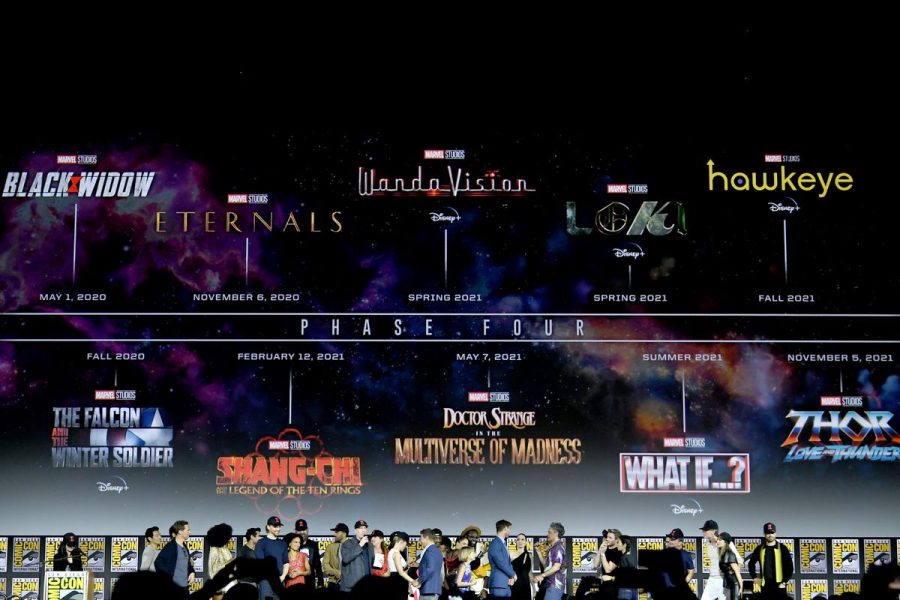
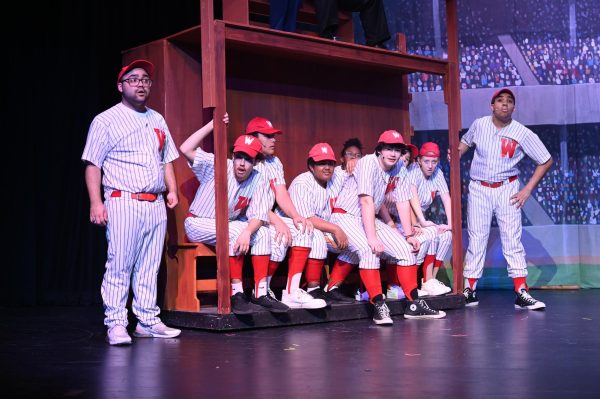
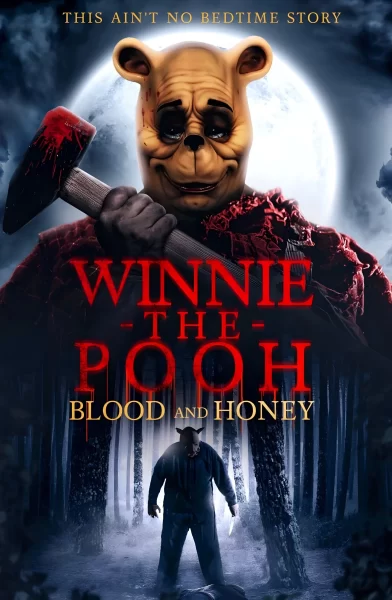

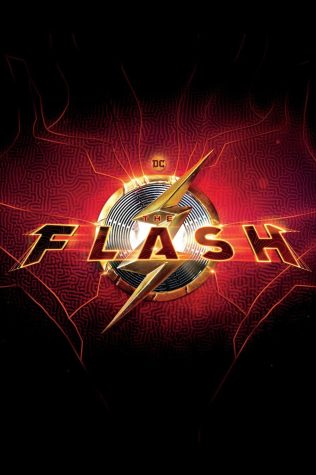
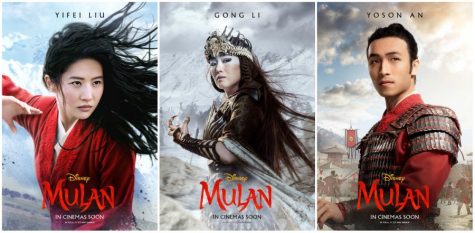
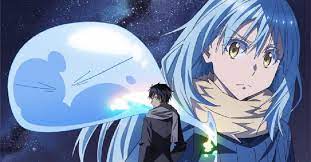

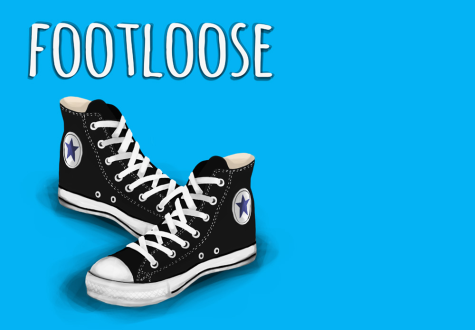
Mr. Charboneau • Feb 23, 2024 at 10:49 am
Rafael, try to not use such long sentences. Your writing is good but you need to break it up better. Keep your thoughts together by ending them with periods, not just commas. I like your writing as I told you when you were my student. Keep it up.